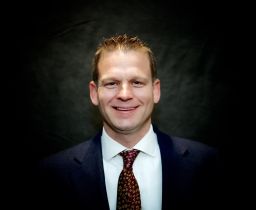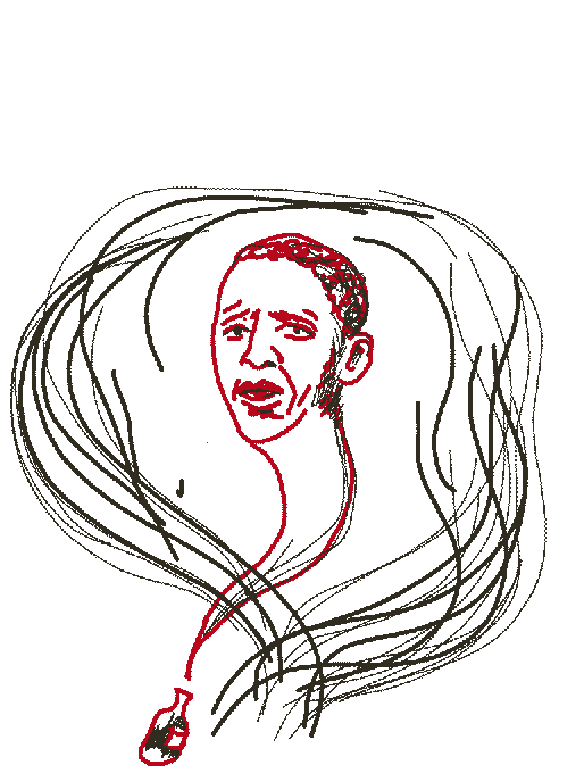Editor’s Note: James Davis is executive vice president of Freedom Partners Chamber of Commerce, and a senior adviser to Americans for Prosperity, The Libre Initiative and Concerned Veterans for America, organizations and initiatives within the Seminar Network, often referred to as the “Koch network.” The opinions expressed in this commentary are his. View more opinion at CNN.
Tools are wonderful things. They can be used to tear down a house or to build one, depending on how you choose to use them.
The same is true of politics.

You can employ partisanship to tear down your opponent. Or you can use the political tools at your disposal differently, and build something.
As Americans, we need to find a way to make better use of politics and rebuild our country, together.
That means overcoming the barriers created by unchecked partisanship and its emotional parent, tribalism, or what I’ll call factionalism.
For several years, like many others, we accepted that to be effective in politics, partisan engagement was the only real way to achieve policy reform. But not anymore. The reality is partisanship too often gets in the way of achieving what’s possible. There’s got to be a better way, and our network is committed to find one. We’re already helping bridge the divide on a host of issues, including but not limited to criminal justice reform, immigration and combating the opioid epidemic – and we’re working to identify more. We invite you to join us.
To get there, we have to start by recognizing that factionalism has deep roots and is not restricted to the realm of politics. Sadly, it pervades the culture, seeping into and draining the joy from sport, and cluttering up civic life – our schools, our businesses and workplaces, even our sense of belonging in our communities.
But for all our apparent attachment to factionalism, this virulent form of partisanship is not solving problems. It’s exacerbating them.
To take just one glaring example, let’s look at education, where the debate has become so divisive that it’s harming our children’s futures.
The factions pick sides – public vs. private schools, traditional vs. charter, college vs. vocational training. Then they enter the ring and slug away.
The result is that both sides are smeared, their views distorted and demonized, and their supporters more entrenched and more adversarial. And our children are left with a failing status quo: low job satisfaction for teachers; declining engagement as students move through the grades and an increasing disconnect between what they learn and who they could be; and families who sometimes aren’t sure which way to turn.
These kinds of debates sorely miss the larger point: We should not be fighting about where our kids go to school; we should be figuring out which type of education is best for each student and best fits their unique needs.
It’s a model of problem-solution rather than problem-blame.
This is good policy and should be good politics. And it happens to be the way most Americans think about issues.
When asked in a recent survey how lawmakers should meet the challenge of a politically divided Congress in 2019, by a margin of 56% to 34%, respondents said Democrats and Republicans should work together and find common ground. And Americans share plenty of common ground on issues such as education, immigration and corporate welfare, even as legislators have wrestled unsuccessfully with them.
While that’s what people said they want to see, what they said they expect to see is the opposite. By more than two-to-one, those surveyed said they believe divided government will remain divided, with the White House and Democrats in Congress failing to cooperate.
So we know the right thing to do, yet seemingly can’t bring ourselves to believe it will happen, or find a way to make it happen. Is something wrong with our brains? Sort of. But like our politics, our brains are fixable.
The growing scientific field of neuroplasticity demonstrates the human brain’s powerful potential for transformation, according to Norman Doidge, author of “The Brain That Changes Itself: Stories of Personal Triumph from the Frontiers of Brain Science.”
History is replete with examples, but we don’t have to search through musty texts to find them. Just take a look at what Congress, that much maligned institution, just accomplished.
Get our free weekly newsletter
Lawmakers put aside fear and partisanship to pass by wide margins in both chambers the FIRST STEP Act, which will expand second chances for formerly incarcerated individuals and help them succeed when they re-enter their communities.
It was a refreshing example of getting government institutions working again to solve problems and make a real difference in people’s lives. It certainly did for Matthew Charles. The Tennessee man had been free for two years, then was ordered back to prison after another judge sided with prosecutors who argued he had not served the required mandatory minimum. US District Judge Aleta Trauger cited the new law as the reason she set Charles free. On his release, Charles talked about the dark cloud that had been hanging over his head, but noted, “today, that dark cloud has evaporated.”
That bipartisan victory can be an example going forward.
Rather than lean in on factionalism, let’s lean in on the areas where there is wide agreement. The way the debate is often presented, you might be surprised to learn that there are actually quite a few such areas – if we choose to recognize and act on them.







